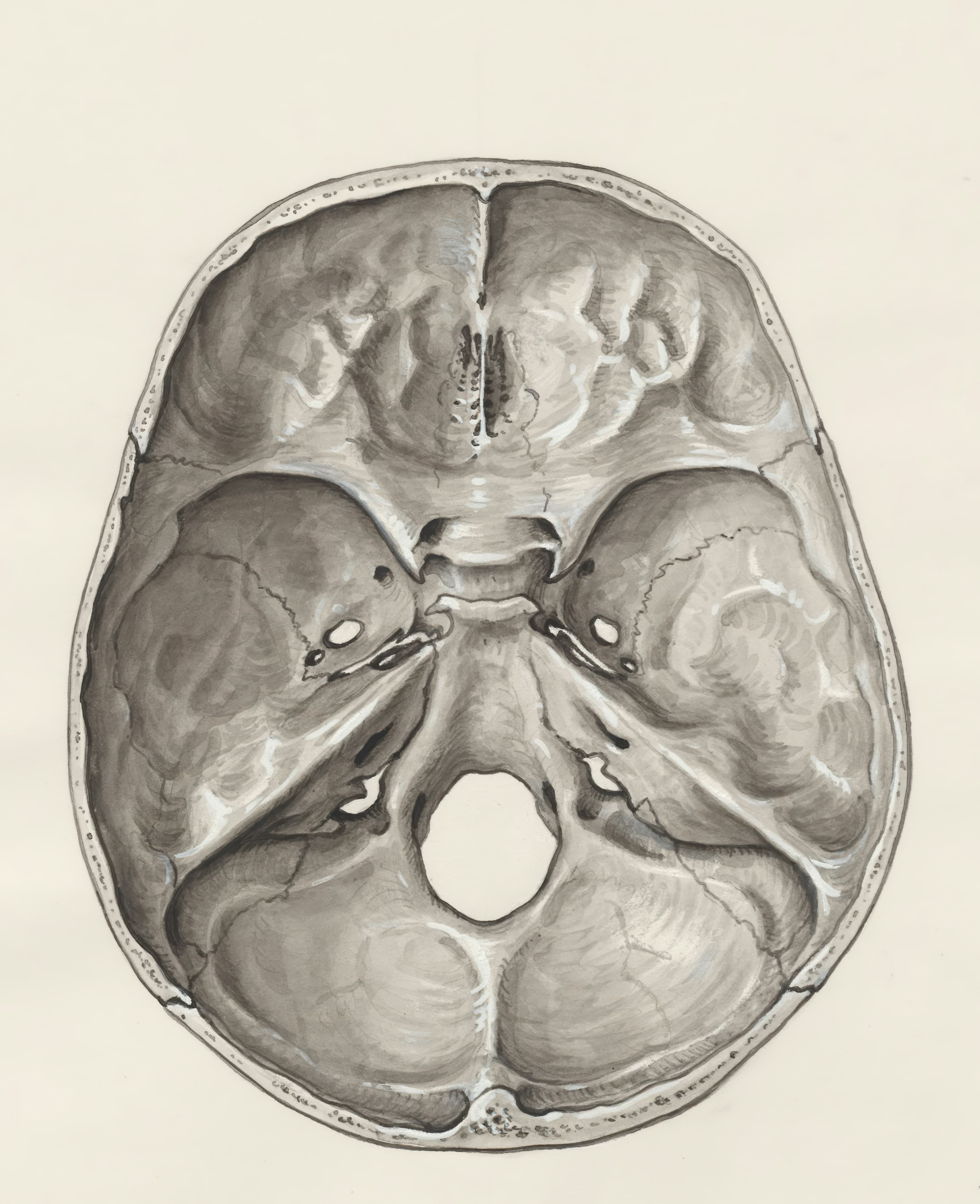Anxiety is a normal human emotion that everyone experiences from time to time. It serves as a natural and adaptive response to stressors, keeping us alert and prepared. However, when anxiety becomes excessive, disproportionate, and disrupts daily life, it may indicate an anxiety disorder.
What is Anxiety? A Brief Overview
The Spectrum of Anxiety: From Mild Worries to Debilitating Disorders
Anxiety exists on a spectrum, ranging from mild anxiety to debilitating disorders. Occasional worries, such as feeling nervous before a job interview or an important exam, fall on the milder end of the spectrum. On the other hand, anxiety disorders like generalized anxiety disorder (GAD), panic disorder, social anxiety disorder, and obsessive-compulsive disorder (OCD) occupy the more severe and chronic end of the spectrum.
Recognizing General Symptoms of Anxiety
Anxiety can present itself through various emotional and behavioral indicators. By recognizing these signs, you can gain insight into your own or a loved one's anxiety struggles.
Emotional Indicators of Anxiety
Common emotional indicators of anxiety include feelings of restlessness, irritability, excessive worry, and a sense of impending doom. Individuals with anxiety may also experience difficulty concentrating, feeling on edge, and having trouble controlling their worry.
Behavioral Changes Due to Anxiety
Anxiety often leads to behavioral changes as individuals attempt to cope with their inner turmoil. Examples may include avoiding certain situations or activities, seeking reassurance excessively, exhibiting perfectionistic tendencies, or engaging in repetitive behaviors to alleviate anxiety.
Unpacking Anxiety Attack Symptoms
Anxiety attacks, also known as panic attacks, are characterized by sudden and intense episodes of fear or discomfort. Understanding the symptoms can help differentiate between occasional anxiety and a severe anxiety disorder.
The Sudden Onset: What Triggers an Anxiety Attack?
Anxiety attacks can be triggered by various factors, including stress, traumatic experiences, certain medications or substances, and even specific phobias. Identifying these triggers is crucial for managing anxiety effectively.
How Severe Anxiety Differs from Occasional Anxiety
Severe anxiety differs from occasional anxiety in its intensity, duration, and impact on daily functioning. While occasional anxiety may subside quickly and have minimal interference with daily life, severe anxiety often lingers, causing immense distress and impairing various areas of life.
Chronic Symptoms and their Impact on Daily Life
Chronic anxiety symptoms, which persist for six months or longer, can significantly impact an individual's quality of life. Chronic anxiety may lead to difficulties in relationships, work performance, and overall emotional well-being. Seeking professional help is essential in managing chronic anxiety.
Physical Manifestations of Anxiety
Anxiety can also generate physical manifestations, which may be mistaken for other medical conditions. Understanding these physical signs is crucial in differentiating anxiety-related symptoms from other health issues.
From Stomach Upset to Muscle Tension: Physical Signs to Watch For
Physical signs of anxiety can vary widely, including stomach discomfort, headaches, muscle tension, fatigue, and changes in sleep patterns. These symptoms can often be associated with other health conditions, so it is important to consider their connection to anxiety.
Decoding Social Anxiety Disorder
Social anxiety disorder is a specific type of anxiety that centers around social interactions and performance. Individuals with social anxiety may experience intense fear of humiliation, embarrassment, or judgment in social situations. It can significantly impact personal and professional relationships, as well as limit opportunities for growth and development.
In conclusion, understanding anxiety is crucial for both individuals experiencing anxiety and those supporting them. By recognizing the subtle signs, severe manifestations, and various forms of anxiety, we can break down barriers, reduce stigma, and seek effective treatments for this common mental health condition.
Signs and Symptoms of Anxiety
Anxiety is a common mental health disorder characterized by feelings of worry, fear, and unease. The signs and symptoms of anxiety can manifest in a variety of ways, including physical, emotional, and behavioral cues. Physical symptoms may include increased heart rate, sweating, trembling, and dizziness. Emotionally, individuals experiencing anxiety may feel irritable, on edge, or have a constant sense of impending doom. They may also have difficulty concentrating or experience racing thoughts. In terms of behavior, people with anxiety may avoid certain situations or activities, have difficulty sleeping, or engage in repetitive behaviors as a way to cope with their anxiety. These signs and symptoms can vary in intensity and duration, but when they significantly impact a person's ability to function in their daily life, it may be indicative of an anxiety disorder. Seeking treatment and support from mental health professionals can help individuals manage and alleviate their symptoms.





